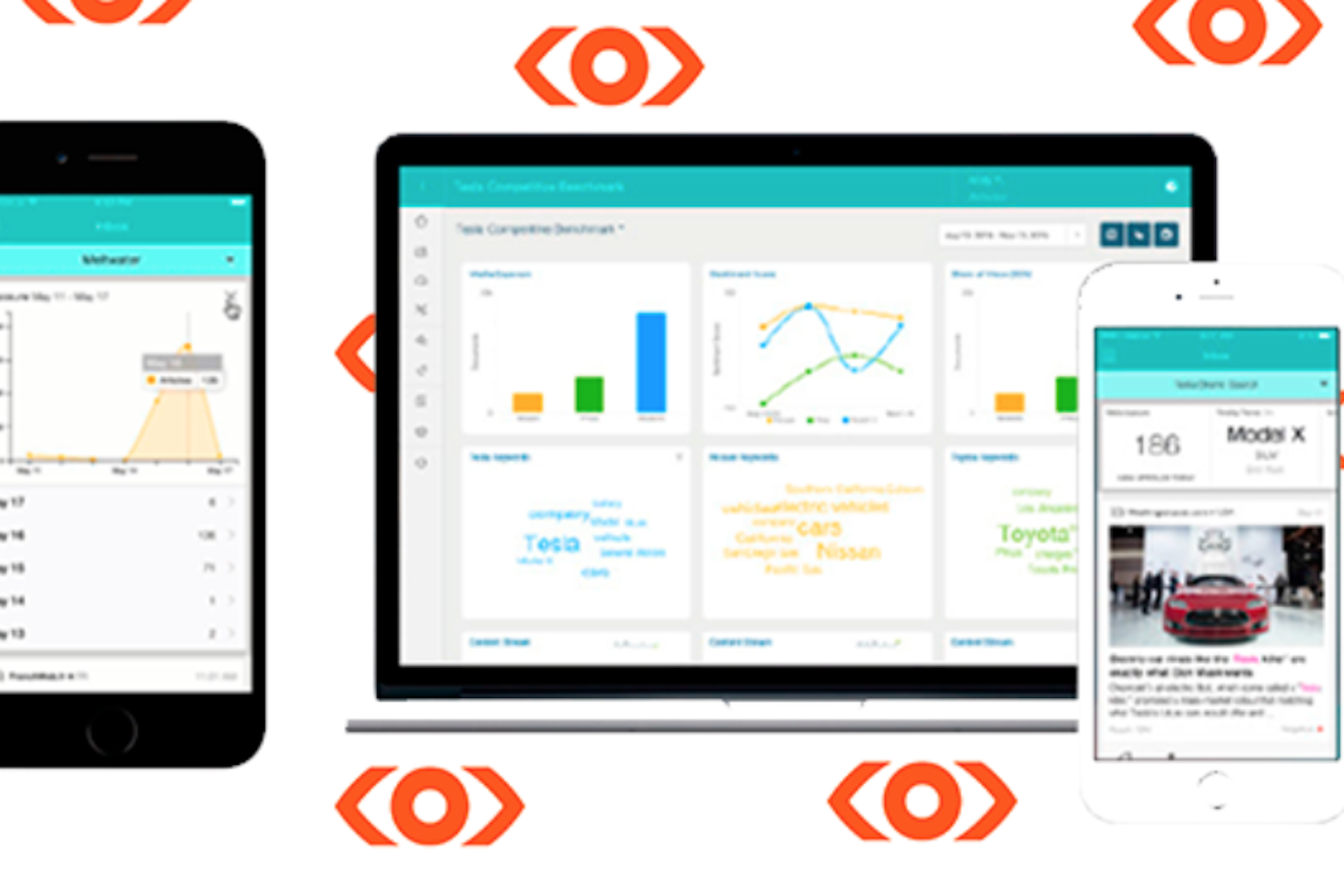From the very beginning, web development and design focused on targeting sites for stationary desktops. But, with 80% of users using their mobile to browse the internet in 2019 this means web design must now cater to a vast amount of mobile users. Similarly, as the use of smartphones becomes further integrated into everyday life, this optimisation of websites on mobile devices is now vital.
The term “mobile-first” is increasingly used in the marketing sector. In the following blog, we explain what mobile-first really means, the need to adopt this mindset, the potential to expand into new audiences and how the implementation of this principle works.
What do we mean by mobile-first?
Mobile-first can be defined as a way of thinking about web design, app design, mobile websites and the user experience. It’s about optimizing the presentation of websites for mobile devices and creating a responsive design that will fit other screen sizes. With a mobile-first design, you’re working from the smallest to the largest size option.
Improving Customer Experience
By following a mobile-first strategy you will quickly help enhance and improve your CX. It will mean your website will welcome both desktop and mobile users, helping to drive site traffic from alternative channels - which is particularly important when using an Omni-channel marketing strategy.
As well as this, implementing a mobile-first strategy will mean aligning the customer and user experience. By providing both a responsive design and smartphone-friendly interface will help to increase the average time spent on your site and in turn reduce bounce rates.
Advantages of Mobile-First
The reader has much less space to view content on mobile devices compared to when reading web pages on the desktop. As such, mobile design concentrates on the essentials. They make the layout much more clear and user-friendly for mobile users. The alleged weakness of lack of space is, in fact, one of mobile-first’s greatest strengths.
“Mobile-first removes the waffle and gets straight to the value.”With that being said, the biggest advantage of mobile-first is quite obvious: you can reach many more potential customers. The Guardian reported that mobile web browsing has been steadily growing since 2009. Desktop’s share of web traffic has steadily decreased as a result. In October 2016, the two crossed over. Global mobile and tablet browsing accounting for 51.3% versus the desktop’s 48.7%. This stat is only going to rise.
Implementation of Mobile-First
“Welcome to mobile where the only thing you can count on is change […] So what’s a web designer to do — get swept up in a sea of constant instability? Quite the opposite. Things continue to be so Wild West out there, you need to be a cowboy. Take risks, try new things, and accept that not all the boundary lines between devices, browsers, and the web have been drawn yet. – Luke Wroblewski, NCSA”
The exact creation and implementation of mobile-first websites will be a task for web designers – but it’s also important for marketing to know how mobile-first works.
When using the mobile-first strategy, special grids of the web pages are created in smartphone format and then scaled accordingly for larger screen sizes. Depending on the format, the rulers automatically adapt to the display size and present content optimally at all times. It’s worth bearing in mind that this adjustment is rarely smooth, which is why performing mobile website testing is crucial to ensure everything displays correctly. This why the use of the latest technologies should be one of the decisive factors when introducing mobile-first. For now, this is the only way to offer mobile users a holistic optimised user experience.
